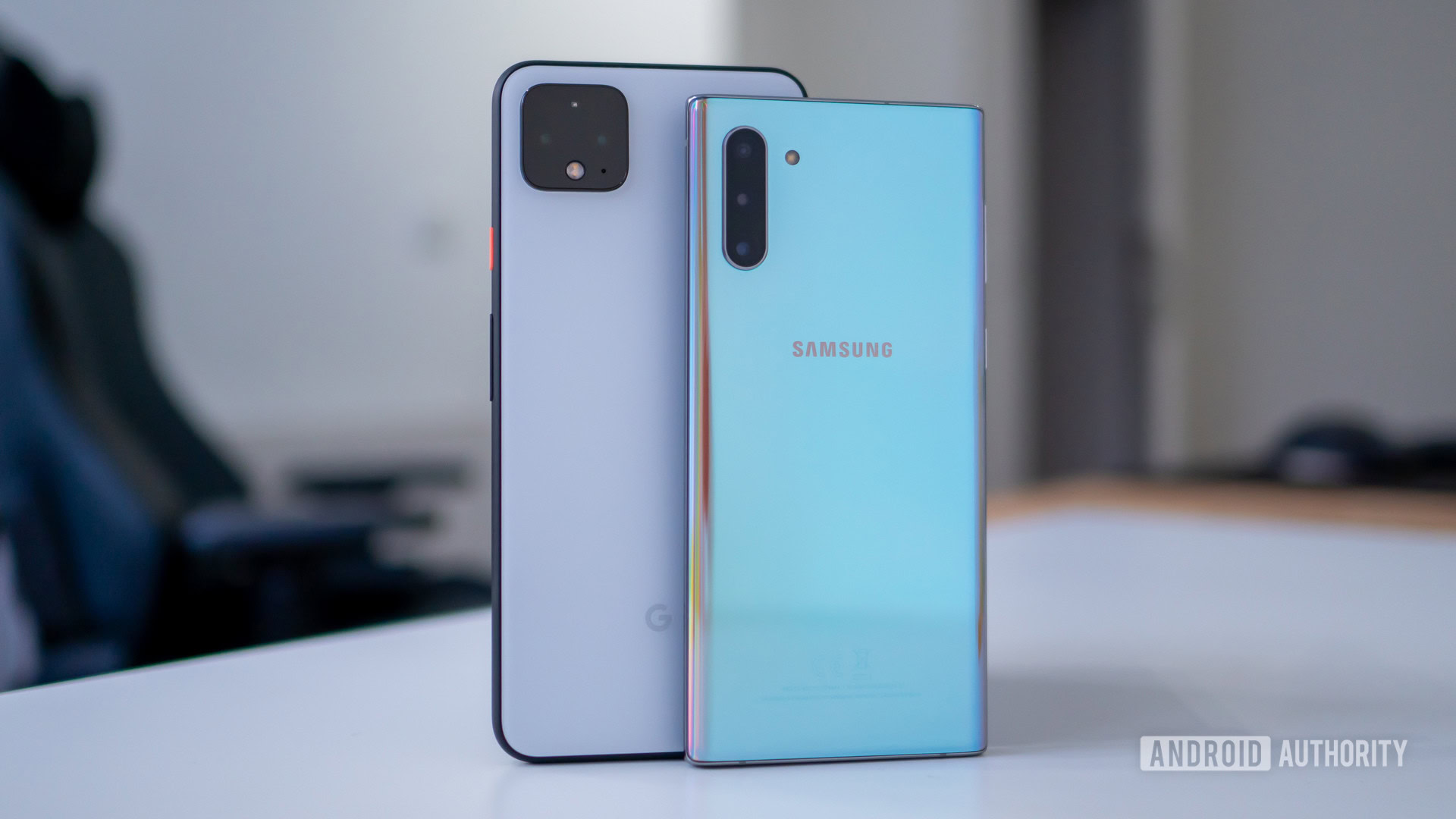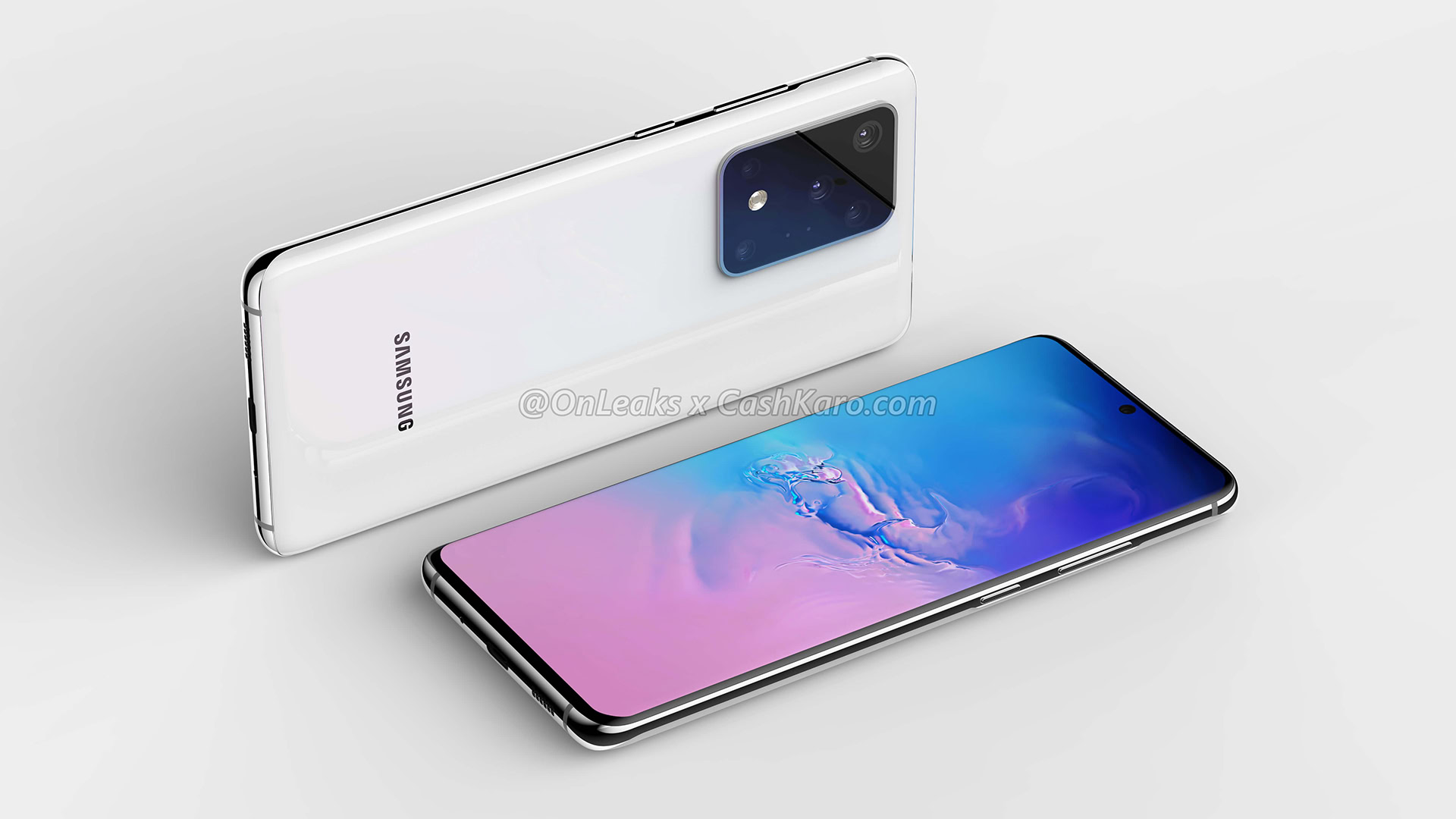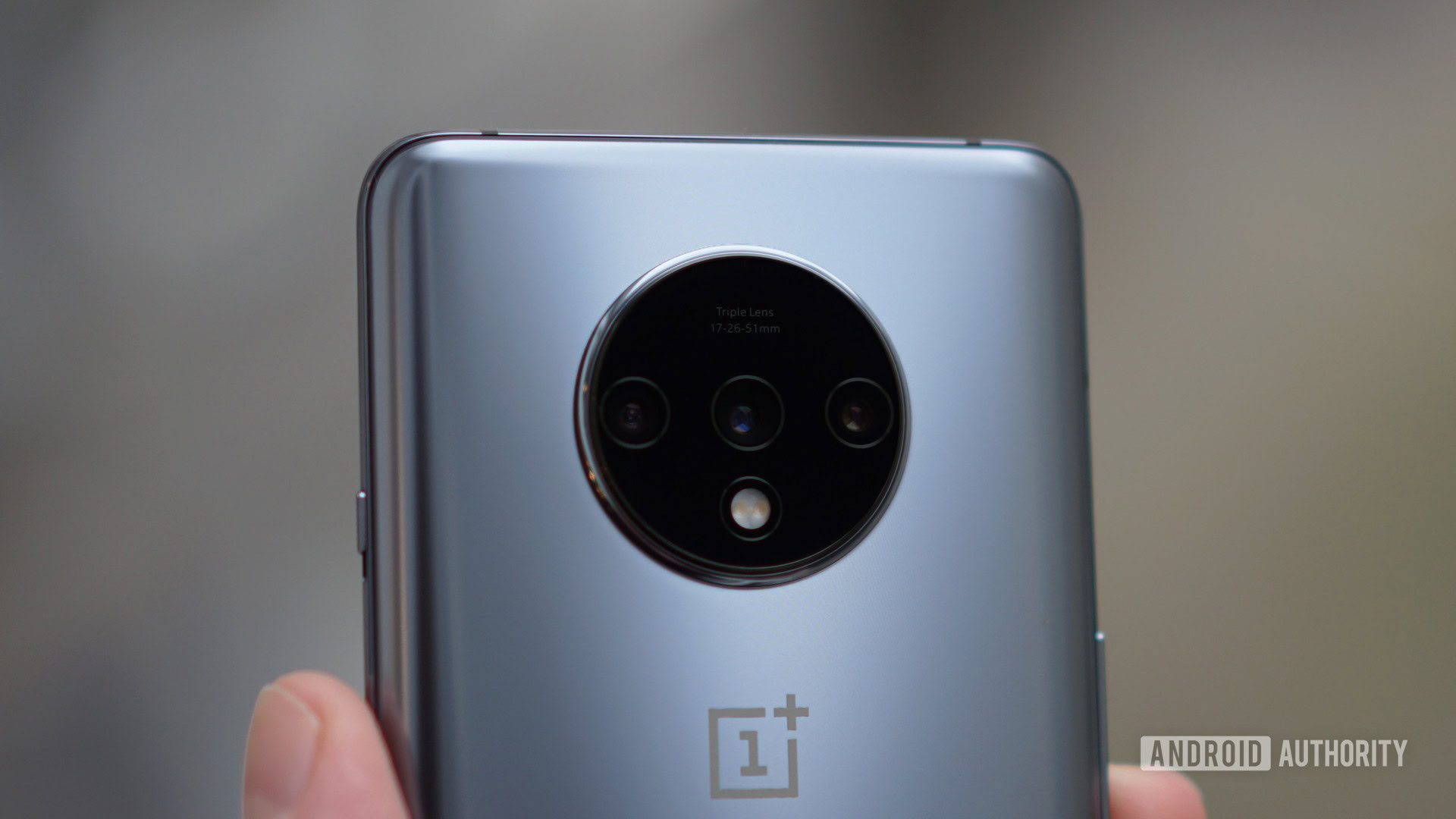Affiliate links on Android Authority may earn us a commission. Learn more.
Should you upgrade now or wait for one of 2020's 5G phones?
December 15, 2019

OEMs delivered some truly standout flagship smartphones in 2019. Samsung launched the Galaxy Note 10 line with a lot of useful features, top-tier performance, and a unique, yet familiar design. Meanwhile, Google’s Pixel 4 devices once again delivered “stellar” results in the camera department, and OnePlus took its first steps into the premium flagship space with aplomb.
There were a ton of other great smartphones too, including some that were 5G enabled. With next-generation network access touted as the next big step for smartphones (at least while foldables find their feet), the question is: Should you upgrade to a 5G phone now?
To answer that, let’s look forward to what’s coming in 2020 to see what might be in the works.
Why wait for a 2020 5G smartphone

Qualcomm’s Snapdragon Tech Summit brought some exciting news. The company’s latest chipsets — the flagship Snapdragon 865 and the mid-range 765 and 765G — will bring some substantial performance gains and new features to devices next year.
One of the most exciting benefits of these chips is the inclusion of 5G across the board. Qualcomm bringing 5G to mid-range and flagship smartphones alike means the technology will be accessible to more people than ever. And with all four major US carriers now offering their own 5G networks, consumers will have the freedom to choose which one works best for them.
Qualcomm isn’t the only manufacturer working to bring 5G connectivity to affordable handsets, either. Samsung and MediaTek are also working on their own offerings, both of which will come in smartphones next year.
Is it worth spending hundreds of dollars more now to access the currently underwhelming 5G networks?
Though there are plenty of 5G capable devices out now, they are usually more expensive than their 4G counterparts. The Galaxy Note 10 Plus 5G costs $200 more than the standard Note 10 Plus. The OnePlus 7T Pro McLaren Edition currently costs $400 more than the standard OnePlus 7T.
So, is it worth spending hundreds of dollars more now to access the currently underwhelming 5G networks? I don’t know about you, but that’s a hard sell for me. With the industry preparing to go all-in on 5G in 2020, it might be a good idea to hold off on your next upgrade until later this year so you don’t get stuck with a 4G device for the next two to four years.
Why upgrade now

On the other hand, 5G isn’t the only thing that matters. Not only that, but it won’t even be accessible to the majority of people for several years. 5G rollouts will still be limited to major cities, so if you’re off the rollout map, there’s no point in waiting. Heck, 4G still isn’t available to everyone in the US, so it will be quite a while before we see robust 5G networks.
On top of that, 5G plans are more expensive than the carriers’ base offerings. T-Mobile’s 5G network may be accessible for now at no extra charge, but you can expect to pay $10 more per month to gain access to Verizon’s 5G network. Granted, Verizon will wave that $10 charge if you happen to have a qualifying device on one of the company’s more premium plans, but they cost either $10 or $20 more per month, so those savings are a wash.
Read also: Smartphones in 2020: 20 things we want to see from phone makers
To access Sprint’s 5G network, you at least need the company’s $70 Unlimited Plus plan, though Sprint recommends its $80 Unlimited Premium plan for 5G users. AT&T currently only offers 5G connectivity on its $75 Unlimited Extra and $85 Unlimited Elite plans. That’s up to $20 per month more than both carriers’ standard unlimited plans, and don’t expect those monthly prices to drop anytime soon.
It’s true that OEMs plan to deliver some pretty compelling smartphones that can take advantage of these carrier plans. But those same companies already have solid, non-5G devices available to buy right now.
You will honestly be more than happy with non-5G flagships for several years to come.
Samsung’s Galaxy S10 line is a perfect example. You don’t need to wait for next year’s 5G enabled Samsung smartphones to get one of the best devices the company has ever made.
The same goes for other OEMs too. The OnePlus 7T is one of the best value Android phones we’ve ever seen. The handset has a reasonable price tag while sporting high-end specs and premium build quality.
The HUAWEI P30 Pro provides some powerful hardware, long-lasting battery life, and a genuinely great triple-camera setup. Despite the current HUAWEI trade ban which makes the company’s latest flagship a very hard sell, the P30 Pro still manages to be one of the best devices of the year.
Even though a 5G enabled future is just around the corner, that doesn’t mean you can’t or shouldn’t upgrade your smartphone now, especially when the current crop of phones is so impressive.
All of the non-5G flagship devices come with their own pros and cons, but the bar of quality is so high right now that you can’t go too far wrong. Plus, you don’t need to spend even more on your monthly plan or rely on the promise of faster data speeds in select locations to unlock their full potential.
What do you think? Will you be upgrading now, or do you plan on waiting for the rise of 5G phones-as-standard? Select an option from the poll below, and let us know why in the comments section.